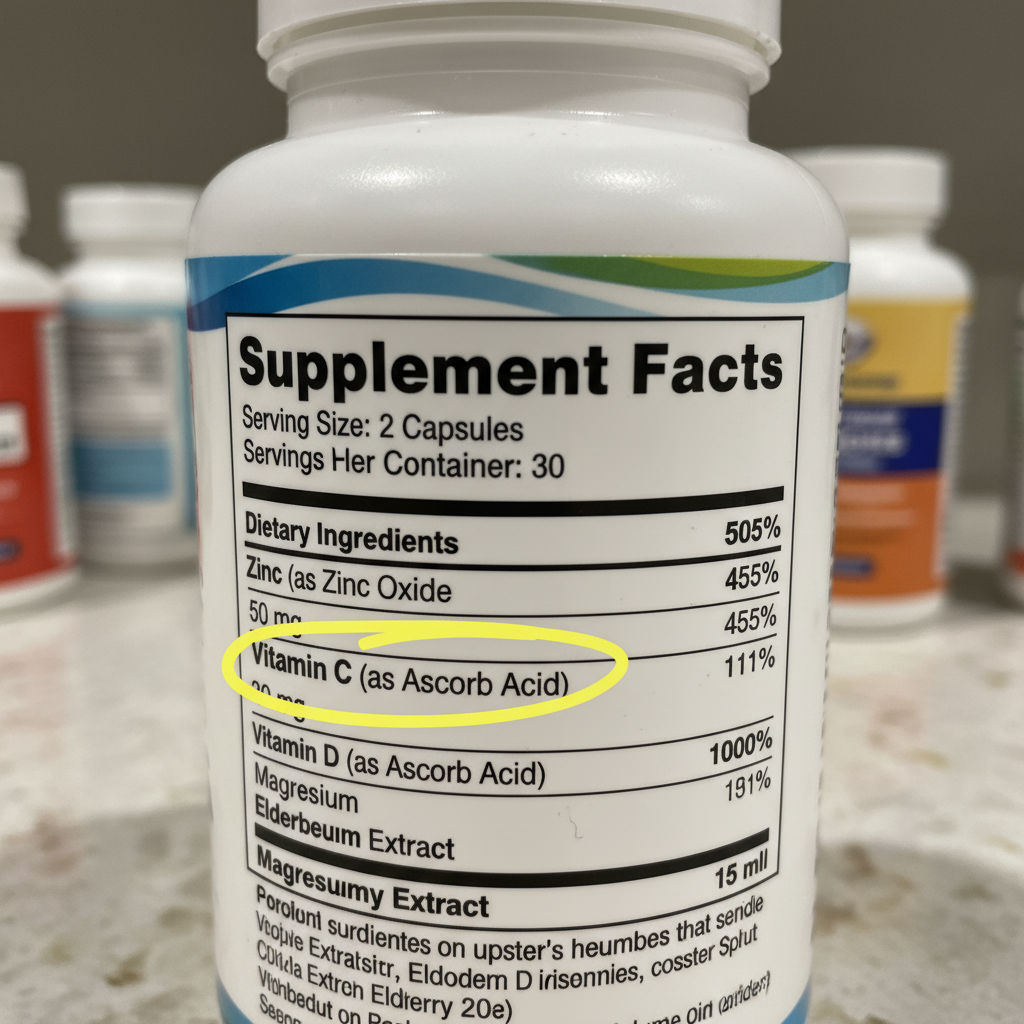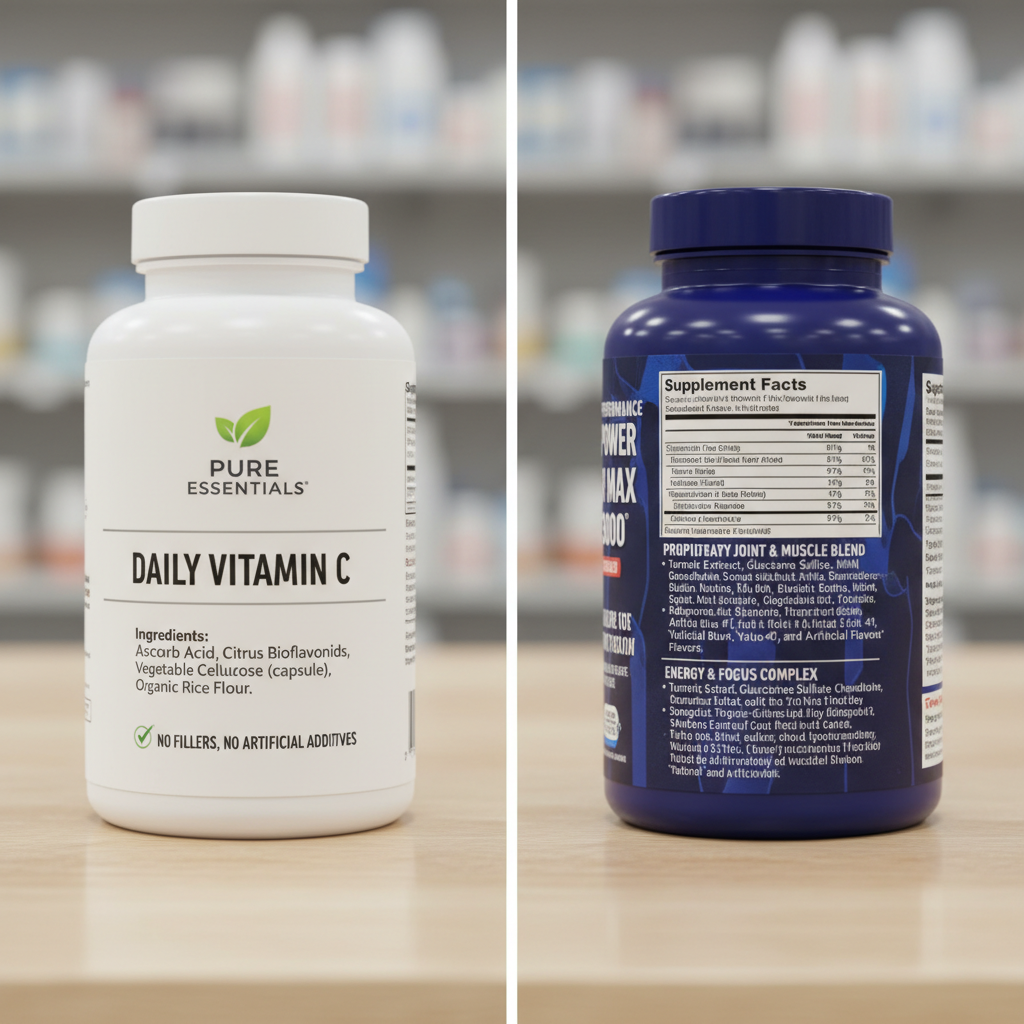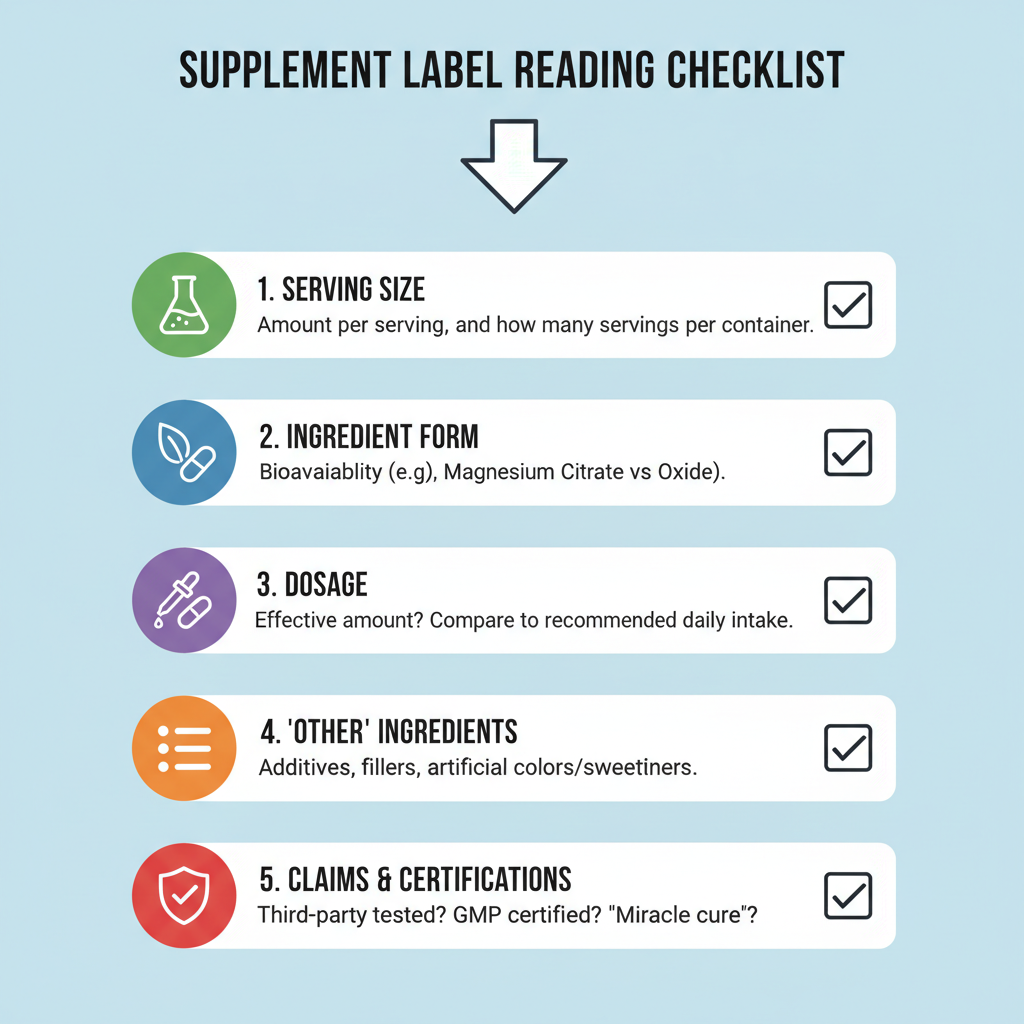
Ever stood in the supplements aisle, squinting at a wall of ‘immune support’ bottles—each promising supercharged defenses and speedy recoveries? You’re not alone. As cold and flu season spikes, the market for immune support supplements with zinc and vitamin C is hotter than ever. But here’s the catch: not all supplements are created equal, and some labels hide more than they reveal. Before you spend another dollar, let’s break down exactly how to spot the safe, effective picks—and dodge misleading marketing—using real product examples on today’s shelves.
Spotting Red Flags: The Anatomy of a Good (and Bad) Supplement Label
Every reputable supplement—like Nature Made Zinc 30 mg with Vitamin C (60 tablets, around $13) or NOW Foods Zinc & C-100 Complex (100 capsules, about $14)—features a Supplement Facts box on the back. This panel is your best defense against misleading claims and unnecessary ingredients, so let’s decode it line by line.
1. Serving Size & Dosage: Don’t Get Shortchanged
The serving size tells you how much of the product you should take to get the amounts listed. Some brands, like Emergen-C Immune+ ($11 for a box of 30 packets), use a serving size of one packet, while others (like Thorne Zinc Picolinate 30 mg, $12 for 60 caps) might require two capsules for a full dose. Always check—what looks like a month’s supply can vanish in two weeks if the serving size is doubled[1][6].

2. Ingredient Forms: The Bioavailability Trap
Not all forms of zinc and vitamin C are created equal. Look for:
- Zinc: Prefer zinc picolinate, citrate, or gluconate over zinc oxide, which is cheap but poorly absorbed.
- Vitamin C: L-ascorbic acid is standard, but buffered forms (like calcium ascorbate) are gentler on the stomach.
For example, NOW Foods Zinc & C-100 Complex uses zinc gluconate and ascorbic acid, while some cheaper generics opt for zinc sulfate or oxide—red flag for effectiveness[3][4].
3. Potency: RDA, Upper Limits, and Risk Zones
Check the % Daily Value (%DV) for both nutrients:
- Zinc: RDA is 11 mg (men), 8 mg (women); most immune supplements range from 15–50 mg. The Tolerable Upper Limit (UL) for adults is 40 mg daily. Regularly exceeding this can cause copper deficiency and digestive issues.
- Vitamin C: RDA is 90 mg (men), 75 mg (women); UL is 2,000 mg. Many supplements (e.g., Emergen-C Immune+) offer 1000 mg per serving—well below the UL but far above daily needs[1][7].
Beware products that far exceed these limits unless recommended by a health professional.
4. Other Ingredients—What Are You Really Swallowing?
Below the main nutrients, labels list inactive ingredients—fillers, binders, flavors, and colors. Quality brands (like Thorne and Pure Encapsulations) use minimal, hypoallergenic excipients. Cheaper brands may pad products with unnecessary sugars (watch gummies!), artificial dyes, and preservatives[2][5].

Marketing Buzzwords: What Do They Really Mean?
Front-of-label claims like “immune booster,” “pharmacist recommended,” or “triple action” sound persuasive—but they’re often unregulated. The FDA only allows structure/function claims (e.g., “supports immune health”), which do not mean the product prevents or treats illnesses. Approach bold promises with skepticism[6].
“Proprietary Blend”—Should You Trust It?
Some products mask the amount of each nutrient under a proprietary blend—e.g., “Immune Support Complex, 1320 mg”—without disclosing actual amounts of zinc or vitamin C. This is a major red flag: you can’t confirm if you’re getting meaningful doses[6].
Real Products on the Shelf: What to Watch For
| Product | Zinc Form & Dose | Vitamin C Dose | Price (Nov 2025) | Notes |
|---|---|---|---|---|
| NOW Zinc & C-100 Complex | Zinc gluconate, 15mg | 100mg | $14 (100 caps) | Clean label, 1-capsule dose |
| Nature Made Zinc 30mg with Vitamin C | Zinc gluconate, 30mg | 250mg | $13 (60 tabs) | Above RDA, under UL |
| Emergen-C Immune+ | Zinc ascorbate, 2mg | 1000mg | $11 (30 packets) | High C, low zinc |
| Thorne Zinc Picolinate | Zinc picolinate, 30mg | — | $12 (60 caps) | Highly bioavailable zinc |
Key Takeaways:
- Avoid “proprietary blends” that obscure real doses.
- Look for bioavailable forms of zinc (picolinate, gluconate, citrate).
- Check that doses are within recommended limits.
- Choose products with minimal, recognizable ‘other ingredients’.
Actionable Steps: Shop Like a Pro Today
- Pick up the bottle and find the Supplement Facts box.
- Check the serving size—multiply by the number of servings you’ll actually take per day.
- Scan for the nutrient forms: Prefer zinc picolinate, gluconate, or citrate. For vitamin C, L-ascorbic acid or buffered forms are best for most people.
- Compare the actual milligrams (mg) per serving against the RDA and UL. Don’t exceed recommended limits.
- Look under “Other Ingredients”—avoid products loaded with artificial additives, sugars, or dyes.
- Ignore marketing hype—claims like “maximum strength” or “pharmaceutical grade” are not verified by the FDA.
- When in doubt, research the brand’s reputation. Seek out third-party testing seals, like NSF or USP.
Trending Now: Transparency, Clean Labels & Science-Backed Doses
Consumers are growing savvier—demanding clearer ingredient lists, evidence-based doses, and independent quality verification. Industry insiders report that sales of single-ingredient, transparently labeled supplements like Thorne and Pure Encapsulations are rising, while multi-ingredient ‘proprietary blends’ are falling out of favor. Social proof matters: top picks are often those recommended by dietitians and health professionals online.
Expert Tip:
Consult a pharmacist or registered dietitian for recommendations tailored to your individual health and medications.

Ready to Shop Smarter?
The next time you’re faced with a shelf of immune support supplements, use these pro-level label-reading tips to choose confidently. Don’t be swayed by hype—let the facts and fine print guide you to safe, effective support for your immune health. Don’t wait—products with higher-quality zinc and vitamin C forms often sell out fast during peak cold and flu season!


